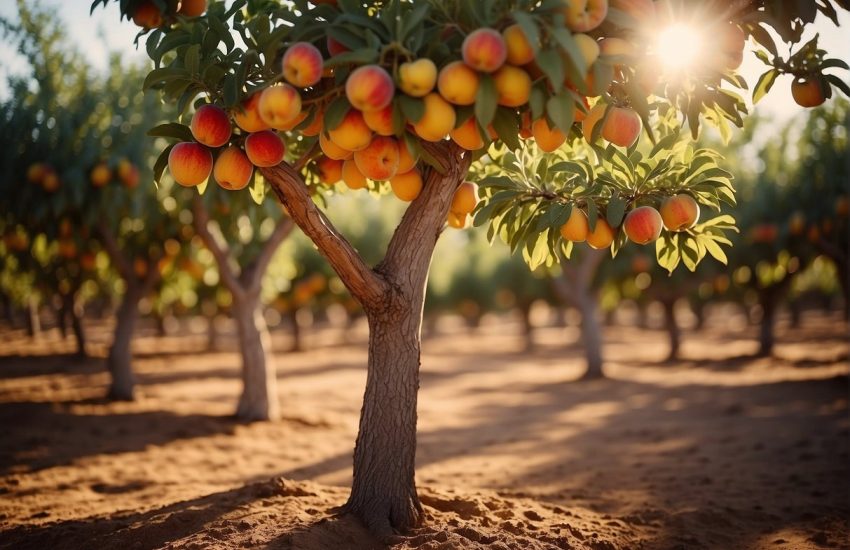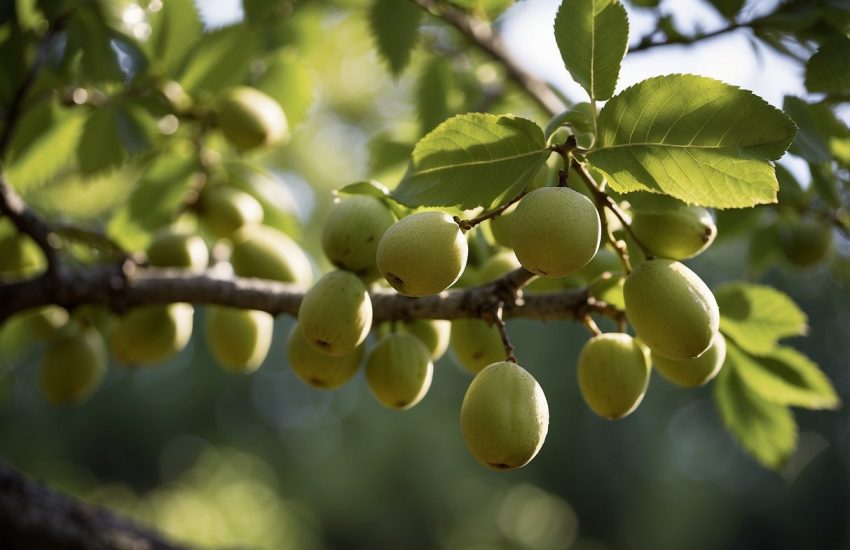7 Best Fig Trees To Grow In Arizona
Here’s a guide to growing fig trees in Arizona! It is really rewarding to grow fig trees. Their fruit is quite tasty, and they produce two harvests in one growing season. You can have all the figs you can eat when a fig tree finally has a viable crop after more than 3 years.
As a matter of fact, figs are among the oldest cultivated crops, and the ancient societies enjoyed them. Greeks, Romans, and Egyptians all enjoyed figs. There are fig trees that grow 10 feet to 30 feet tall and they have beautiful leaves that make them seem incredibly tropical.
Fig trees are deciduous, meaning they lose their leaves in the fall. As the fruit of the fig tree is produced exclusively by female flowers, it does not require pollination. Larger crops can be produced without pollination.
It takes approximately 25 feet for fig trees to reach their full height. Furthermore, they grow in width about the same as they do in height. Place your fig tree in a location that allows for this. If you plant it near power lines or in an area where it won’t look good when it’s fully grown, you might regret it.
There are also large leaves on figs, sometimes reaching a length and width of up to 10 inches. The fruit and shade provided by this tree make it no surprise that the fig tree has such a large leaf canopy.
If you live in Arizona, you will need to water your fig tree every three to five days due to the water evaporating faster if it is very hot and record-breaking. More often than not, Arizonards have recorded temperatures. It is possible to find out whether your tree needs to be watered using a soil probe. Whenever there is an irrigation event, it is necessary to water all trees to 3 feet. Since different soil types require different amounts of water to reach 3 feet, there is no set rule for how much water is required.
Chicago Hardy Fig Tree
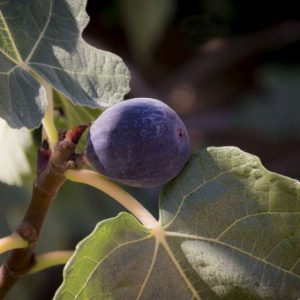
Having taken the step to epicurean edible gardening, you don’t want to go back! It’s wonderful to see your very own home-grown crop ripening on your balcony, patio, or even planted in a long row in an orchard.
Your cold-hardiest Fig tree will produce abundant figs from late summer to early fall. Fig trees (Ficus carica ‘Chicago Hardy’) are also absolutely beautiful.
Fig trees developed into appealing upright shrubs or small trees, often with distinctive, leathery leaves that have three fingered tips. Approximately ten inches long, these leaves!
A Mediterranean look will be given to northern gardens. It would be amazing to have a containerized trio or pair of chairs on your balcony or patio.
Because of its vigorous and rugged characteristics, it has been named Bensonhurst Purple Fig. In spite of a tough winter, you will appreciate its plentiful harvest.
Little Miss Figgy Tree – USDA Organic
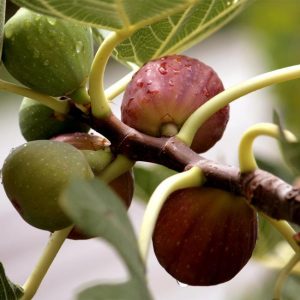
Our organic figs are fresh and delicious. Can you think of a more delicious and versatile fruit? With Little Miss Figgy Tree, you won’t need a lot of space for a bounty of juicy fruit. It fits in a variety of spaces in your yard or patio-bound containers thanks to its versatility.
Furthermore, the Little Miss Figgy features dark-green foliage and a bounty of deep purple figs. Your new tree produces figs with a smooth, juicy silhouette and plenty of sweetness. This tree will enhance the curb appeal of any home with the delicious treats that grow right on the branches and the rich colors throughout.
Due to the fact that figs don’t ripen on trees, you must eat them within two to three days of picking them. So how do you enjoy nature’s candy? Your backyard is the perfect place to grow it.
Plant the Little Miss Figgy Tree directly in the ground or in a pot when you are planning to live on the patio. Due to its adaptability and year-round growth, it produces plenty of fresh figs to eat off the branch, for snacking, topping, baking and drying.
Yellow Fig Tree

It’s hard to beat the taste of figs that have just been plucked from the tree, still warm from the sun. This Yellow Fig Tree will give you the chance to grow your own figs, wherever you live.
Figs come from the Yellow Fig Tree, which is one of the world’s sweetest and oldest trees. Each fruit has a mouth-watering combination of textures and flavors that makes it so delightful. Can anything be better than melted, soft flesh filled with a warm honey sweetness?
Desert King Fig Tree
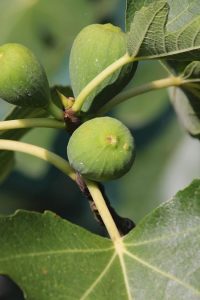
A Desert King Fig Tree is just a click away from fresh, high-quality fruit. It gives bushels of sweet, richly flavored and strawberry-hued figs with green leaves and yellow flesh. Additionally, it is proven to perform well in your California landscape since it is grown there.
This plant grows easily. Due to its ripening nature in mid- to late summer, Desert is the perfect variety for gardeners living in coastal, high-altitude, or other cool regions. In addition, it is tolerant of late spring frosts that can damage its fruit. Since it thrives almost anywhere you place it, it’s adaptable to your needs.
Little Miss Figgy Tree
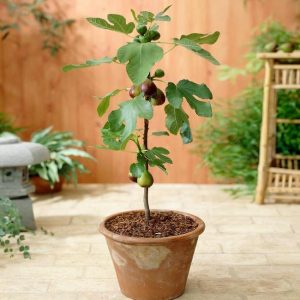
Little Miss FiggyTM is an ideal choice for those who are looking to grow their own figs on a small scale. This tree lives up to its name, being compact in size and ideal for tight spaces. However, it produces lots of figs.
You’ll have fruit the first year when you order larger sizes. In colder climates, this tree does well in containers… just put it next to a sunny window and watch the growth take off. Your personal fig tree will soon be filled with this smooth, strawberry-red fruit famous for its delicious flavor. It produces sweet, abundant fruit that requires very little care, and is consistently consistent.
Fignomenal Fig Tree
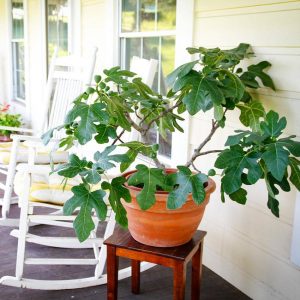
You can get a lot in a small package! Fenomenal figs are dwarf fig trees (Ficus carica) that grow to a height of 28 in. tall and wide, so they are great for growing in containers and in small yards. Put one in the front window and watch it grow.
You will never run out of delicious dessert thanks to the abundant flowers and strong, broad foliage of the Fenomenal Fig. The fruit is medium in size and has an outer skin that is medium brown and a center that is deep pink.
A Fenomenal Fig tree is extremely low-maintenance. Providing they get full sun exposure, are watered regularly, and are kept away from extreme cold, they are happy. The best thing about them is that they do what they do best all by themselves!

